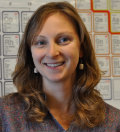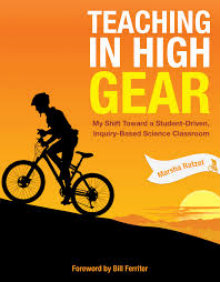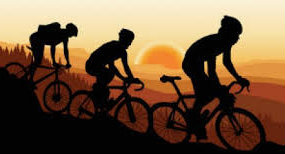A Teacher’s Journey to Student-Driven Learning
Teaching in High Gear: My Shift Toward a Student-Driven, Inquiry-Based Science Classroom
By Marsha Ratzel
(Powerful Learning Press, 2013 – Learn more)

The biking imagery on the cover of Marsha Ratzel’s Teaching In High Gear is a fitting preview of what awaits readers inside. The book chronicles a journey that Ratzel frequently likens to her favorite sport. There is challenging terrain as she considers how to implement her ideas, beautiful classroom vistas as students begin to take control of their learning, and moments of fast-paced bliss as hard work takes Ratzel from intensive teacher-focused instruction to student-centered coaching.

The first two elements give readers a strong sense for Ratzel’s approach as a reflective educator, as well as some window into the specific choices she made in shifting control to her students. The sidebars provide more specific guidance into strategies that Ratzel uses, primarily in building professional learning networks (PLNs) through the web.
Her web-based approach to professional development is empowering, as it depends not on the whims of administrators or district coordinators, but on a teacher’s own passion for personal development. The clear descriptions of this process and its value are the most compelling aspect of Ratzel’s narrative. The digital format of Teaching In High Gear reinforces this element because readers can immediately click to particular blogs and websites Ratzel discusses to plot their own PLN journey.
Not really a how-to book
Outside these sidebars, Ratzel’s book offers few “how to’s” for day-to-day implementation of her new approach. Ratzel gives a clue to this omission halfway through her narrative when describing her own frustration at not finding enough specifics in articles and blogs on student-centered learning:
“I suspect the reason I failed to find these strategies for shifting the classroom is that the paths to perfecting this blend of student/teacher cooperation are so variable that it would be difficult to reduce it down to a “how to” explanation.” (44)
There is certainly truth in this observation that the kind of “messy” learning that Ratzel cultivates is challenging to package in a cohesive curriculum or “how to” manual. However, there are moments through her narrative where some reference to the practicalities of teaching might help round out the picture of her classroom efforts. For example, as a teacher who has also implemented projects of this type, I know that organizing and assessing student-directed projects can be a challenge, particularly in the first iteration.
A greater window into Ratzel’s approach at capturing and tracking her students’ progress might have been assistive to teachers ready to jump into this kind of teaching.
Much to recommend

For veteran teachers with little experience leveraging the web as a teaching tool, Ratzel’s concrete tips will help facilitate a transition to more connected teaching.
Perhaps the greatest underlying message of Teaching In High Gear is that good teaching comes from a concerted effort to be a life-long learner. Ratzel’s voice, as well as the structure of the text, emphasize the evolving nature of teaching and curriculum development. Nowhere do we see Ratzel approaching the end of the “teaching trail.” Instead she is on a continual and glorious journey to new instructional heights.
Julie Rokosky Ron is a middle school science teacher in the San Francisco Bay Area. She has taught in both public and private middle schools in the region. Julie was a fellow in the 2011-2012 NSTA New Science Teacher Academy and has presented her work at regional conferences, including The Nueva School’s Design Thinking Institute. Before becoming a K-12 educator she studied geophysics at UC Santa Cruz and was a Science Fellow in the Center for Informal Learning and Schools.


































